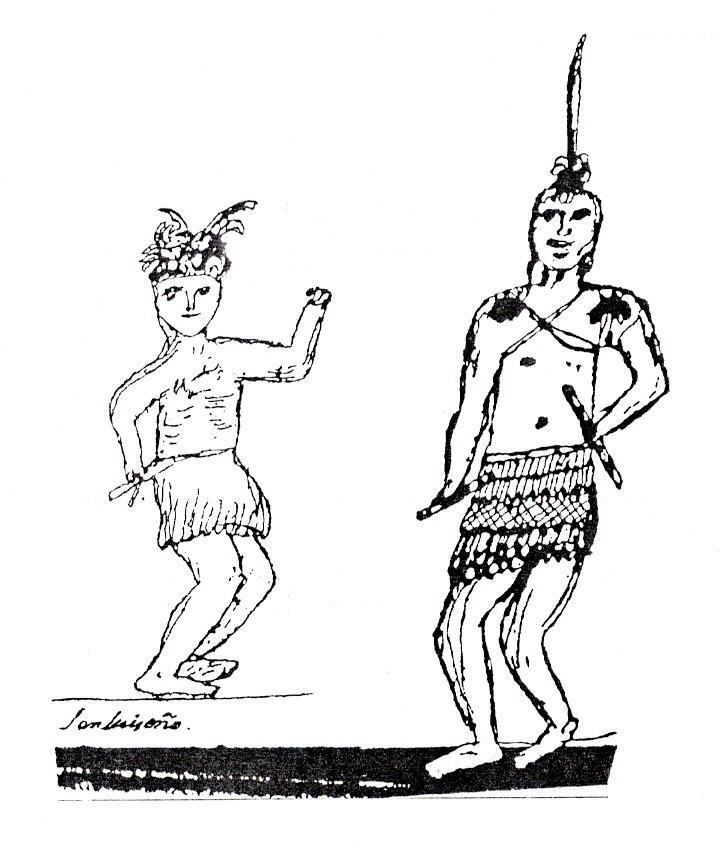 | ||
The Luiseño, or Payómkawichum, are a Native American people who at the time of the first contacts with the Spanish in the 16th century inhabited the coastal area of southern California, ranging 50 miles from the present-day southern part of Los Angeles County to the northern part of San Diego County, and inland 30 miles. In the Luiseño language, the people call themselves Payómkawichum (also spelled Payómkowishum), meaning "People of the West."
Contents
The tribe was named Luiseño by the Spanish due to their proximity to the Mission San Luís Rey de Francia (The Mission of Saint Louis King of France.) Known as the "King of the Missions," it was founded on June 13, 1798 by Father Fermín Francisco de Lasuén, located in what is now Oceanside, California, in northern San Diego County. It was the Spanish First Military District.
Today there are six federally recognized tribes of Luiseño bands based in southern California, all with reservations. Another organized band has not received federal recognition.
Language
The Luiseño language belongs to the Cupan group of Takic languages, within the major Uto-Aztecan family of languages. About 30 to 40 people speak the language. In some of the independent bands, individuals are studying the language, language preservation materials are being compiled, and singers sing traditional songs in the luiseno language.
Population
Estimates for the pre-contact populations of most native groups in California have varied substantially. In the 1920s, A. L. Kroeber put the 1770 population of the Luiseño (including the Juaneño) at 4,000-5,000; he estimated the population in 1910 as 500. The historian Raymond C. White proposed a historic population of 10,000 in his work of the 1960s.
Prehistoric culture
The Luiseño people were successful in exploiting a number of natural resources to provide food and clothing. They had a close relationship with their natural environment. They used many of the native plants, harvesting many kinds of seeds, berries, nuts, fruits, and vegetables for a varied and nutritious diet. The land also was inhabited by many different species of animals which the men hunted for game and skins. Hunters took antelopes, bobcats, deer, elk, foxes, mice, mountain lions, rabbits, wood rats, river otters, ground squirrels, and a wide variety of insects. The Luiseño used toxins leached from the California buckeye to stupefy fish in order to harvest them in mountain creeks.
Villages
Tribes
Today Luiseño people are enrolled in the following federally recognized tribes:
Additionally, the San Luis Rey Band of Luiseños is organized and active in northern San Diego County, but is not currently recognized by the United States Bureau of Indian Affairs.
Notable Luiseños
Pedro Calac, Pro Football Player
